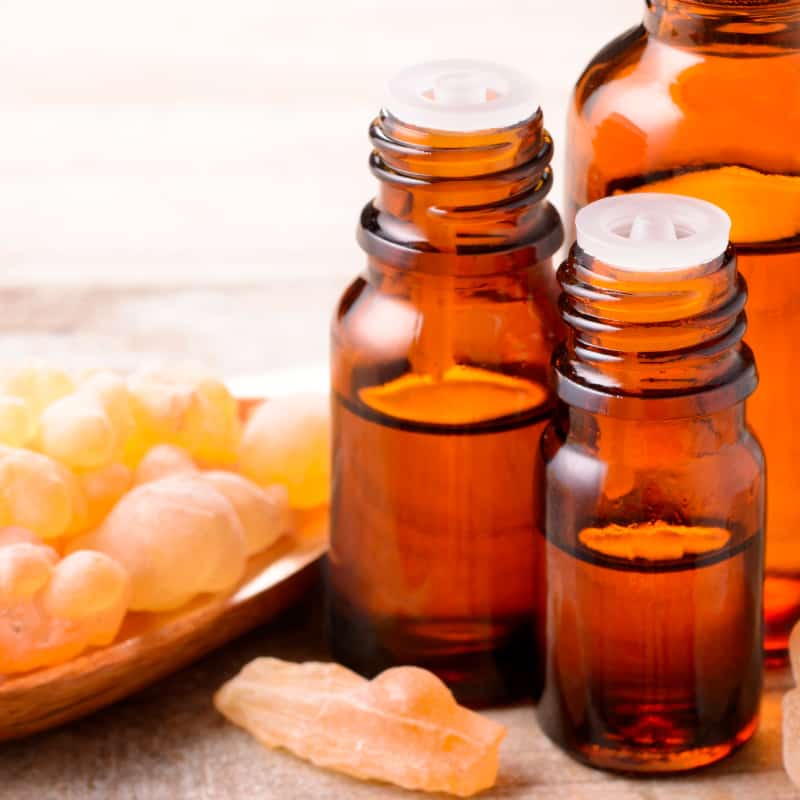Turmeric, the main spice in the Indian dish curry, is argued by many to be the most powerful herb on the planet at fighting and potentially reversing disease. The health benefits of turmeric are incredibly vast and very thoroughly researched. Currently, there are over 12,500 peer-reviewed articles published proving turmeric benefits, especially one of its renowned healing…
About 70 percent of adults in the U.S. will experience some type of traumatic event at some point in their lives, and among these people about 20 percent will go on to develop the condition called post-traumatic stress disorder (PTSD) and experience PTSD symptoms. The U.S Department of Veteran Affairs states that PTSD is…
Some of my favorite foods are stuffed: stuffed peppers, stuffed chicken and, now, stuffed cabbage rolls. You've probably heard of the cabbage soup diet but probably have never tried these stuffed cabbage rolls with lamb. You're in for a real treat. This traditional Eastern European dish gets a Dr. Axe upgrade with this recipe. Instead…
If you've been dealing with ongoing gastrointestinal (GI) issues — diarrhea, nausea, pain and bloating — the cause may be right on your plate. Gluten, the main protein in wheat and other grains, causes serious reactions in millions of people. And it affects more of us all the time. But it didn't used to. For thousands of years, people…
Why is it that stuffed foods are so much more fun to eat? Whatever the reason, I know you'll want to add these quinoa stuffed peppers to your “favorites” list. Veggie-friendly and made with roasted bell peppers and protein-packed quinoa, these stuffed bell peppers are a win all around. This quinoa stuffed peppers recipe is…
Your liver and kidneys might normally get all the credit when it comes to detoxification, but did you know that your body also has another extensive system in place that helps detoxify your brain? If you're wondering what a "brain detox" is all about — or "how can I clean my brain?" — you've come…
Stress comes at you all day, from every angle, now more than ever. Constant worry over money, job security, family, and health keeps your stress system on high alert all the time — and it feels like you can never calm down. That can lock you in a never-ending stress cycle and likely searching for…
Pears seem to get the short end of the stick when it comes to fruits, but they're more versatile than people think. That's why I love to use them to make pear salad, among other things. While bananas are eaten on the go and apples are tossed into lunchboxes, pears are often passed over. It's…









